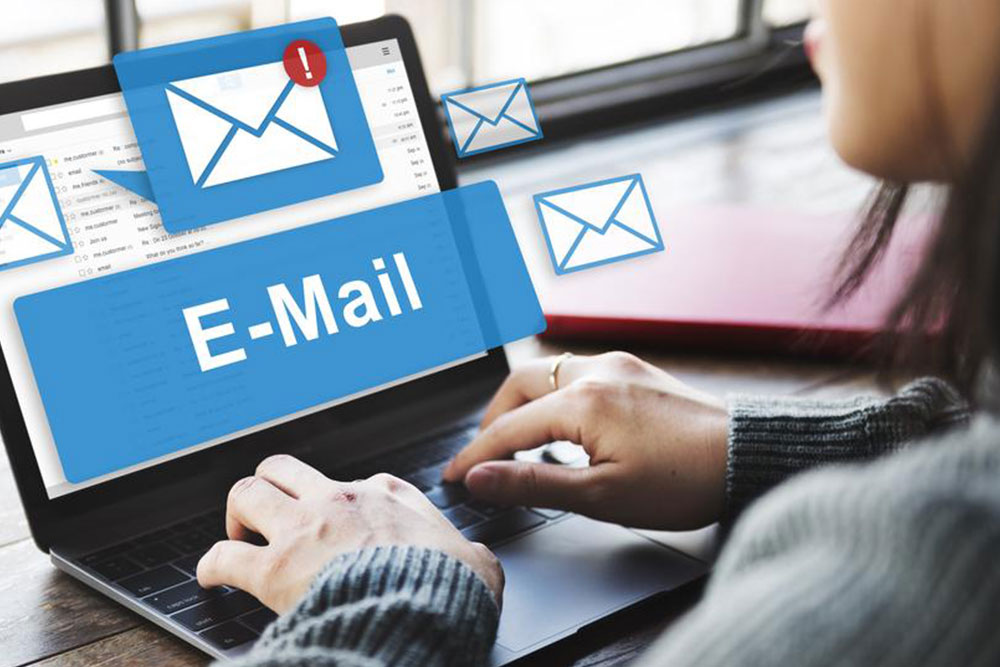7 effective tips on using emails
Email is electronic mail with which you can exchange messages using accounts and which can be opened on any computer. The major advantage of email is that you can send images, sound files and documents as an attachment sent in binary streams. It was the first service provided by the internet and still remains an important part or almost everybody’s life. It makes your work simple rather getting tired of messy traditional letters.

Listed below are some of the tips to use email:
Keep your message brief: Professionals prefer emails for formal communication and a part of documentation. It can never be used for a friendly conversation nor it is designed for such chatting purpose. It’s difficult to stare at the screen for a long time and read the message so use short texts and bullet points, break the sentences and highlight
important points. Use very short titles in the subject line.
Know the receiver: As emails are not for casual messaging and are exclusively for sending formal mails, avoid using non-formal terms and facial expressions as it might make you seem too casual. Be clear in whatever you convey.
Proof read before sending: Proofreading is a good habit that everyone should follow to create good, error-free mails. It avoids spelling mistakes, grammatical errors that would spoil your repute and wrong punctuation can make your messages difficult to read. Proofreading helps to send effective mails and avoid misunderstanding.
Avoid unnecessary attachments: Unnecessary attachments would displease the recipients and lead them to block you. If you have too many important files to be sent compress them or zip them into a WinRAR file. On the other hand, keep your anti-virus software updated to avoid spreading a virus or dangerous malware.
Send Quick Replies: When you send an email, constantly check your inbox to see if you have got any replies and respond immediately sending a brief acknowledgment. Avoid labeling you an email with urgent or read receipts unless it is necessary.
Use signature: Add a signature like a name, job title, company, website and contact number at the bottom of your email to give it a professional look. Don’t risk yourself adding fancy layouts, fonts, colors or graphics which would look cumbersome and make them think that you can’t be taken seriously.
Review before you send: Think before you press the send option. Don’t send anything in anger and anything that you wouldn’t feel comfortable seeing published somewhere. A wrong message at a wrong time will lead to misinterpretations and spoil your status. It would be more appropriate if you speak over the phone or in person.